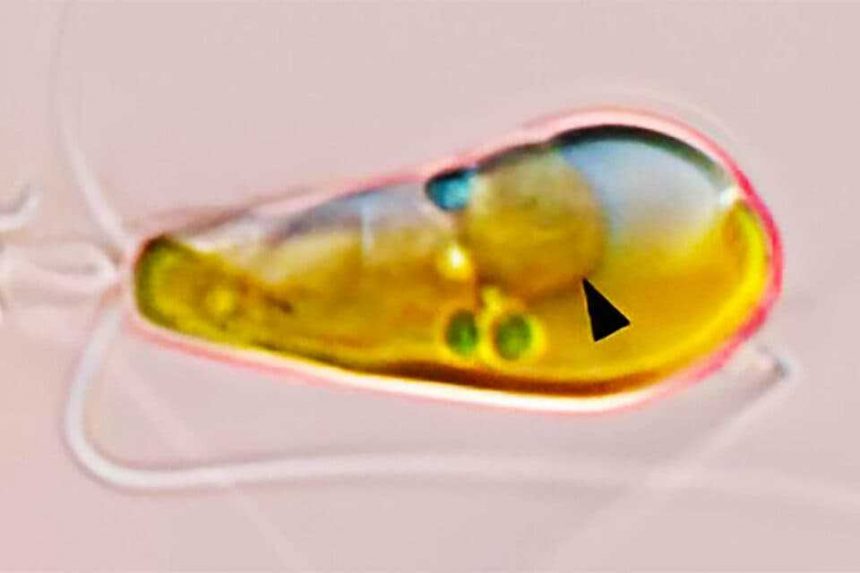The recent groundbreaking discovery centers around a marine bacterium known as UCYN-A and its host organism, a species of the algae Braarudosphaera bigelowii. This scientific marvel was the result of decades of meticulous research and international collaboration. UC Santa Cruz Professor Jonathan Zehr and his team first identified UCYN-A in the Pacific Ocean in the early 1990s for its unique ability to fix nitrogen. Concurrently, paleontologist Kyoko Hagino in Japan was cultivating marine algae, which would later be recognized as UCYN-A’s host organism.
Over time, researchers observed a deepening relationship between UCYN-A and the algal host. Initial studies showed UCYN-A’s role in the algae’s nitrogen metabolism, but recent research established UCYN-A as an organelle within the algal cell’s machinery. Two pivotal studies confirmed this transformation. The first, published in March 2024, revealed similar size ratios between UCYN-A and Braarudosphaera bigelowii, indicating highly integrated metabolic functions. The second study, utilizing proteomics analysis, demonstrated that UCYN-A imports essential proteins from its host cell, a critical step in organelle development.
Named the “nitroplast,” this newly discovered organelle dates back approximately 100 million years and offers fresh insights into nitrogen fixation. It sheds light on the evolution of symbiotic relationships and presents exciting possibilities for understanding and leveraging nitrogen fixation in both marine and terrestrial ecosystems.
The discovery of the nitroplast in marine algae has significant implications for ocean ecosystems, enhancing our understanding of the nitrogen cycle and the role of nitrogen-fixing organisms. It could lead to strategies for protecting marine habitats and preserving biodiversity. Moreover, the nitroplast holds promise for revolutionizing sustainable agriculture by providing a more eco-friendly alternative to chemical fertilizers. By integrating nitrogen-fixing organelles into crop plants, researchers aim to enhance agricultural productivity, reduce environmental impacts, and ensure food security for a growing global population.
The collaborative efforts that led to this groundbreaking discovery highlight the power of interdisciplinary research and international cooperation in advancing scientific knowledge. As scientists continue to explore the implications and applications of the nitroplast, exciting new research opportunities emerge, promising innovative solutions to pressing challenges in agriculture and ecology. The discovery of the nitroplast opens a new chapter in scientific inquiry, offering a glimpse into the transformative potential of microscopic symbiotic relationships in shaping the future of our planet.






